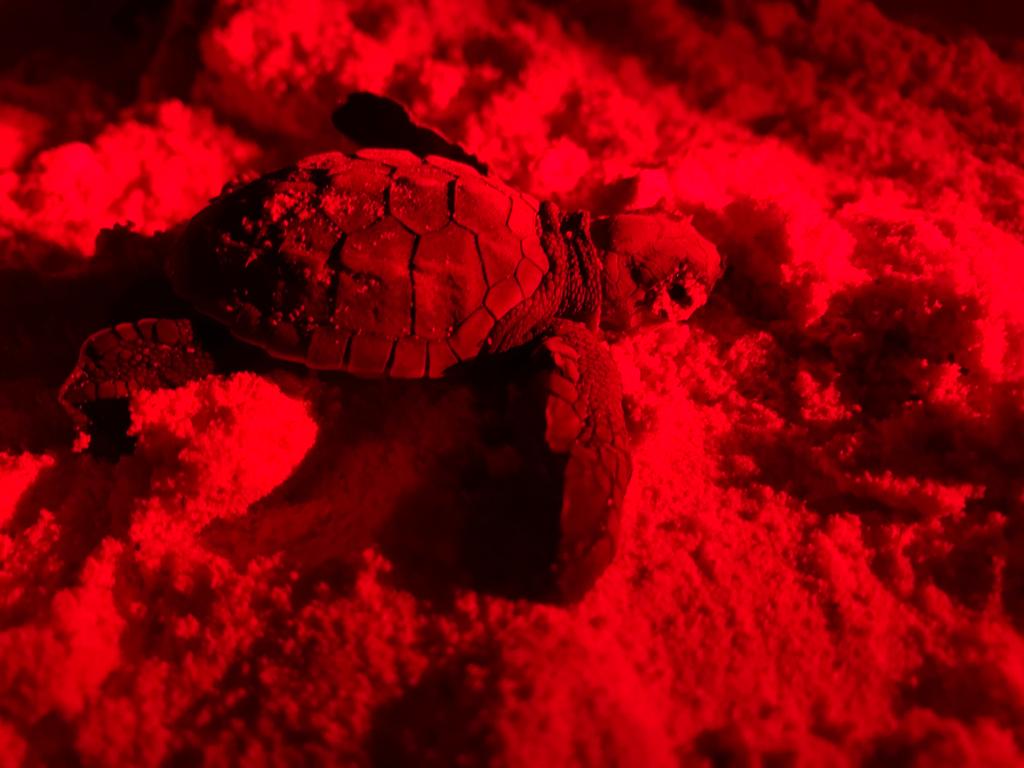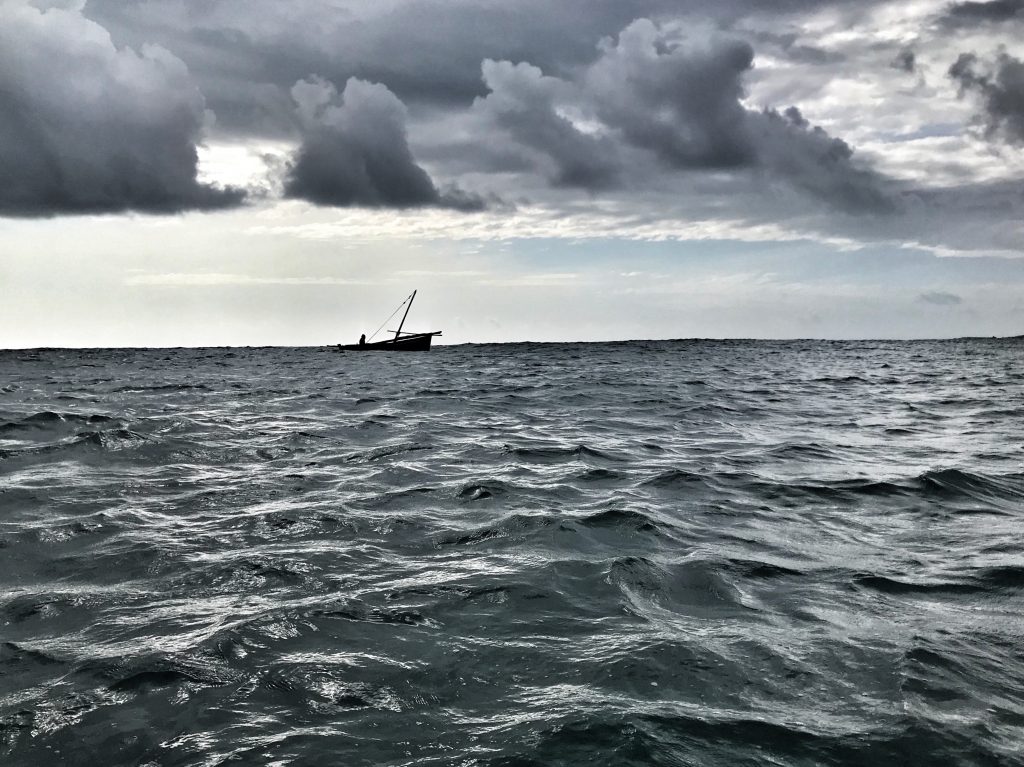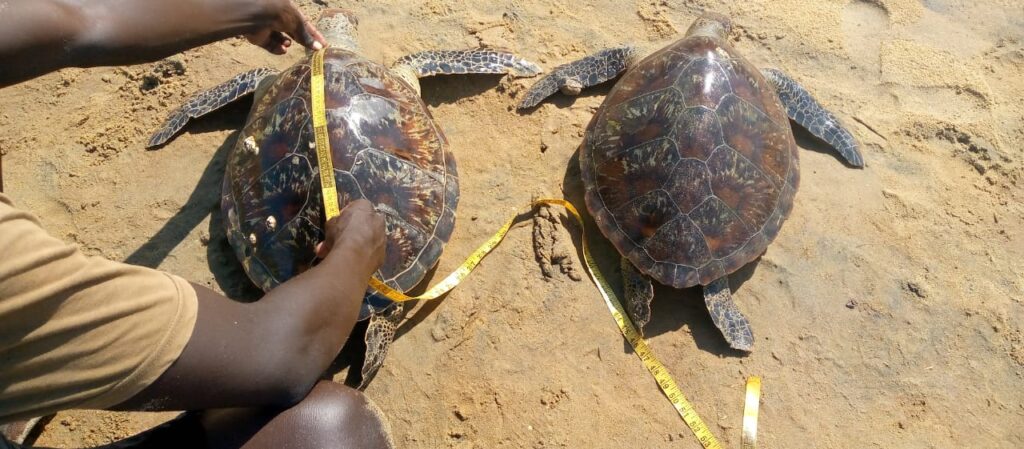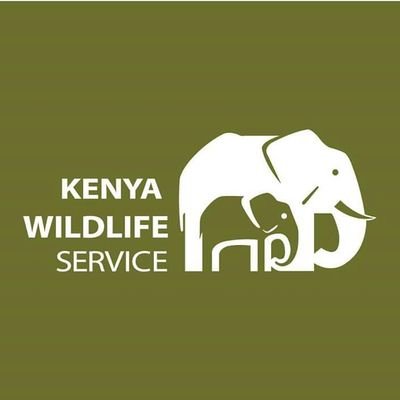Protecting nesting mothers and their habitats
Sea turtle nesting beaches are crucial for the survival and continuation of sea turtle populations. These beaches provide a safe environment for sea turtles to lay their eggs, which then hatch and produce the next generation of sea turtles. However, sea turtle nesting beaches are threatened by human activities such as coastal development, pollution, and poaching.
Protecting these beaches is essential to ensure the survival of sea turtles and maintain the ecological balance of marine ecosystems.
Additionally, sea turtles are important indicators of the health of marine environments, and their presence or absence can signal the health of marine ecosystems.
Therefore, protecting sea turtle nesting beaches is not only important for the conservation of sea turtles but also for the overall health of marine ecosystems.
We have a highly experienced and skilled team who conduct patrols directly themselves (every night) and also active in training and capacity developing others.

Watamu MPA Index Beach - patrolled every night of the year!
In collaboration with Kenya Wildlife Service, Bahari Hai operates an Index Turtle Nesting Beach in the Watamu MPA.
Members of our team have experience in monitoring this important stretch of coastline for over two decades, which has enabled us to obtain a deep understanding of the specific beach dynamics; threats and also sea turtle behaviour in the Watamu MPA.
Furthermore, the Watamu MPA also serves as a well protected, safe haven for nests that need to be relocated from other unsuitable locations surrounding Watamu.

The importance of Index Turtle Nesting Beaches

The Watamu MPA is one such Index beach, whose long-standing turtle nesting data is of great importance to providing key insights into sea turtle conservation efforts in Kenya and the West Indian Ocean.
An index turtle nesting beach is a designated beach that is monitored regularly for sea turtle nesting activity.

These beaches are typically identified as important nesting sites for sea turtles, and monitoring programs are put in place to collect data on the number of nests, the species of sea turtles nesting, and other relevant information. Index turtle nesting beaches are important because they help researchers and conservationists to track changes in sea turtle populations and nesting behavior over time. By monitoring these beaches, conservation efforts can be targeted to protect sea turtles and their nesting habitats, and conservationists can make informed decisions on how to manage and protect sea turtle populations.
The Watamu MPA is one such Index beach, whose long-standing turtle nesting data is of great importance to providing key insights into sea turtle conservation efforts in Kenya and the West Indian Ocean.
Did you know we have had nesting mothers identified in the Seychelles coming to lay their nests here in Watamu!

Malindi-Ungwana Bay

We are now in our third phase of the Malindi-Ungwana Bay programme, where we are primarily working with 6 Turtle Conservation Groups.
- Phase 1: Beach suitability mapping and initial assessment – see report here
- Phase 2: Baseline data gathering and implementation of SWOT Minimum Data Standards for patrols – see report here.
- Phase 3: Continuation of beach patrols in line with SWOT Minimum Data Standards and expansion of patrol duties and data collection.
Beyond sea turtle nesting, the teams we support in the programme provide crucial information regarding sea turtle poaching and mortalities along this important stretch of coastline.



Our Partners




